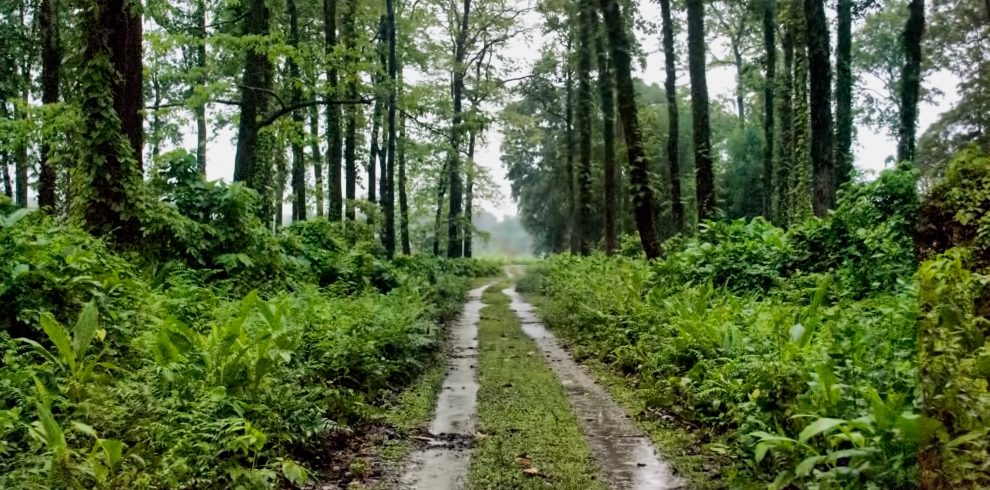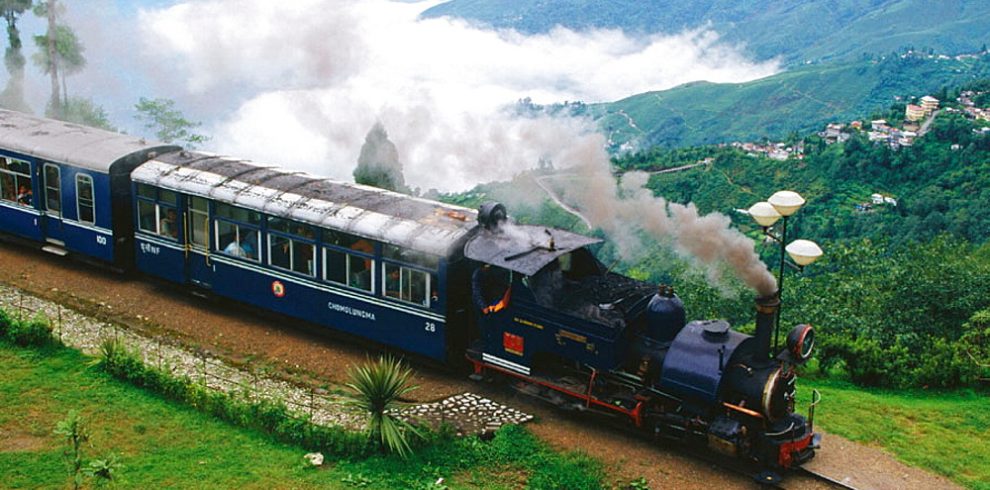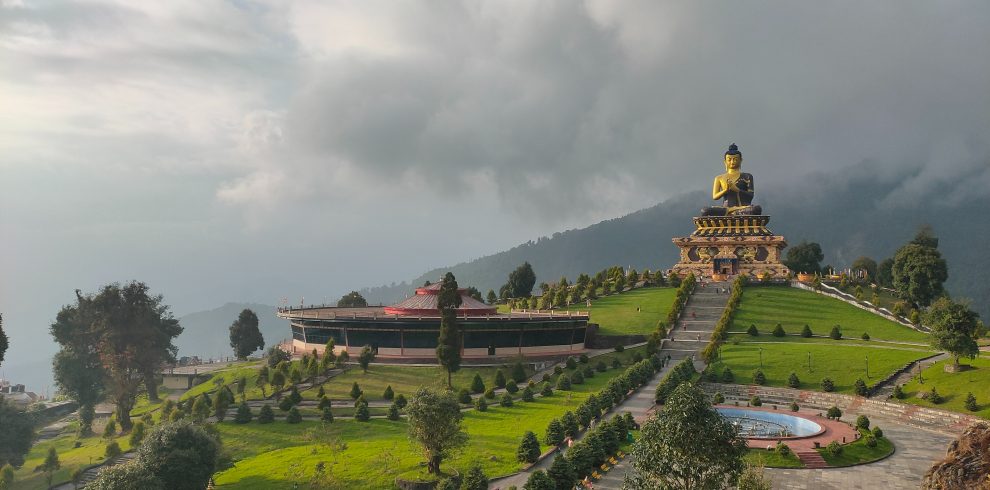NORTH BENGAL
North Bengal is a word used for the north-western part of Bangladesh and northern part of West Bengal. The Bangladesh part signifies the Rajshahi Division and Rangpur Division. Mostly it is the area signify west of Jamuna River and north of Padma River, and cover the Barind Tract. The West Bengal part denotes Jalpaiguri Division (Alipurduar, Coach bihar Darjeeling, Jalpaiguri and Kalimpong) and Malda division (Uttar Dinajpur, Dakshin Dinajpur and Malda) together. The Bihar parts include Kishanganj district. It also includes parts of Darjeeling Hills. Traditionally, the Ganga River seperates West Bengal into South Bengal and North Bengal, divided again into Terai and Dooars regions. Jalpesh and jatileswar are one of the utmost popular sacred places.
HIKING
Walking through the hilly trails, listening to the shriek birds, witnessing the amalgamation of the rivers and mountains and getting dunked in the village ambience and the wilderness of the forests has its own charm and the hiking paths infuse your travelling experiences with elan and comfort.

- Jan
- Feb
- Mar
- Apr
- May
- Jun
- Jul
- Aug
- Sep
- Oct
- Nov
- Dec
JUNGLE SAFARI
The enchanting forest paths trudging through the Jeep and Elephant, the silence of the serenity and the quietude, the most-awaited catch sight of the rare animals, the feel of the intriguing wildlife and getting imbibed in this tranquillity will make you get lost in the beauty of nature at its best.

- Jan
- Feb
- Mar
- Apr
- May
- Jun
- Jul
- Aug
- Sep
- Oct
- Nov
- Dec

- Jan
- Feb
- Mar
- Apr
- May
- Jun
- Jul
- Aug
- Sep
- Oct
- Nov
- Dec
PEAK CLIMBING
A climbing peak can be a mountain or hill peak, or a rock formation that must be climbed.In Germany, the term refers to free-standing rock formations in the climbing regions of Saxon Switzerland, the Zittau Mountains, and other nearby ranges in the German Central Uplands that can only be summited via climbing routes of at least grade I on the UIAA scale or by jumping from nearby rocks or massifs.To qualify, they must have a topographic prominence of at least 10 metres.
The Saxon Climbing Regulations in Saxon Switzerland do not require a minimum height, but they do define climbing peaks as another requirement is that it be recognised by the Saxon Climbers’ Federation (SBB) and the responsible conservation authorities.Hikers can often identify these authorised summits by the presence of a summit register and abseiling anchor points.
Other exceptions exist in other climbing areas, such as those in Bohemian Switzerland.Climbing peaks only need to have a significant rock face, with the lowest side being less than 10 m high but at least 6 m high.

- Jan
- Feb
- Mar
- Apr
- May
- Jun
- Jul
- Aug
- Sep
- Oct
- Nov
- Dec

- Jan
- Feb
- Mar
- Apr
- May
- Jun
- Jul
- Aug
- Sep
- Oct
- Nov
- Dec
Sightseeing

- Jan
- Feb
- Mar
- Apr
- May
- Jun
- Jul
- Aug
- Sep
- Oct
- Nov
- Dec

- Jan
- Feb
- Mar
- Apr
- May
- Jun
- Jul
- Aug
- Sep
- Oct
- Nov
- Dec

- Jan
- Feb
- Mar
- Apr
- May
- Jun
- Jul
- Aug
- Sep
- Oct
- Nov
- Dec

- Jan
- Feb
- Mar
- Apr
- May
- Jun
- Jul
- Aug
- Sep
- Oct
- Nov
- Dec

- Jan
- Feb
- Mar
- Apr
- May
- Jun
- Jul
- Aug
- Sep
- Oct
- Nov
- Dec
TREKKING
Journeying through the elevated mountains, watching the most delightful peaks spread across, the forests drown in its own embrace, the adventurous travel can just do wonders and lead you to the breathtaking of nature and the astounding landscapes and the hilly halts while trekking tracks is always an Emprise to look forward to.

- Jan
- Feb
- Mar
- Apr
- May
- Jun
- Jul
- Aug
- Sep
- Oct
- Nov
- Dec

- Jan
- Feb
- Mar
- Apr
- May
- Jun
- Jul
- Aug
- Sep
- Oct
- Nov
- Dec
Upcoming Packages

- Jan
- Feb
- Mar
- Apr
- May
- Jun
- Jul
- Aug
- Sep
- Oct
- Nov
- Dec
